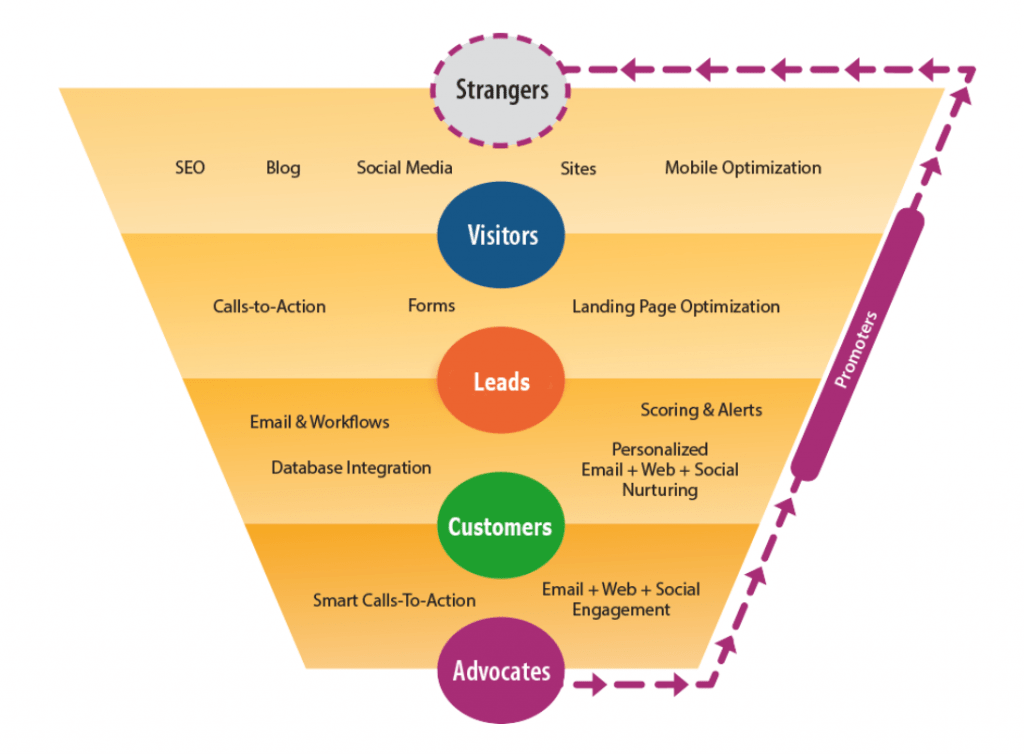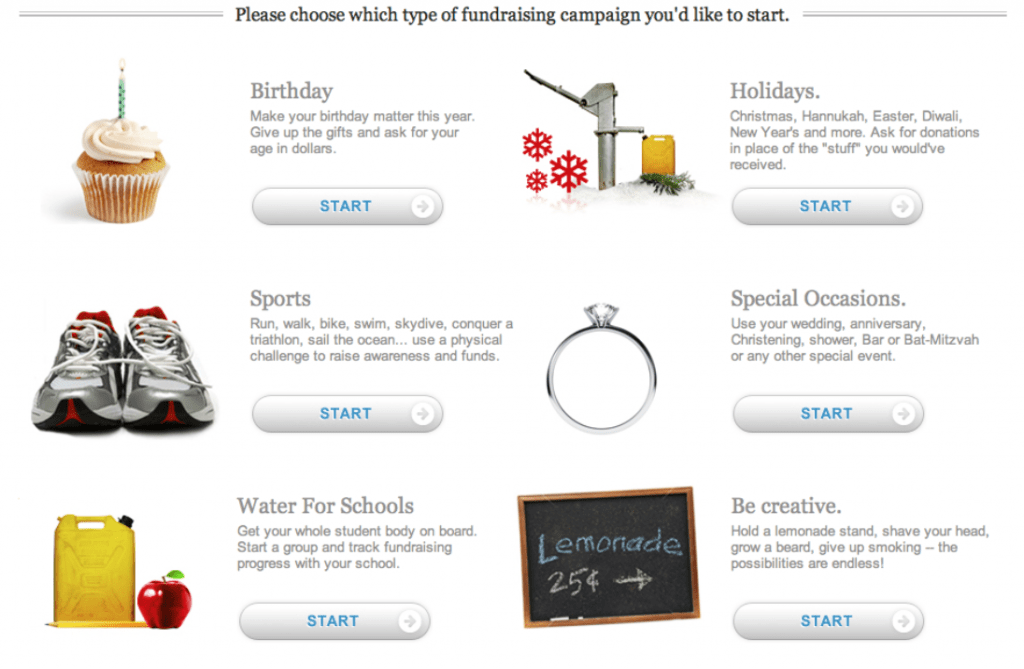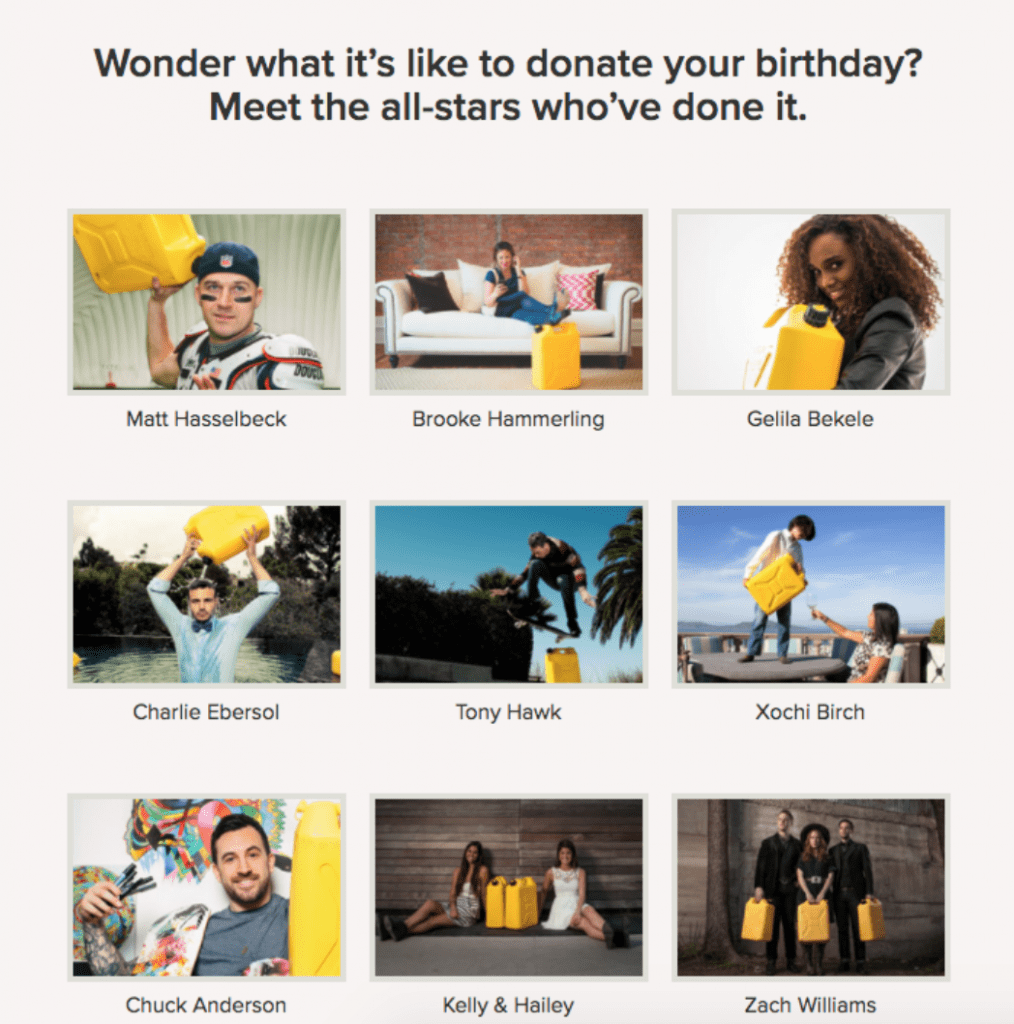Almost as soon as inbound marketing entered the scene, so did the skeptics who said it would never work for nonprofits. And at first, it might have been easy to believe them. After all, inbound was initially positioned as a methodology for driving leads for B2B sales and then nurturing those leads through a decision making process. While inbound has no doubt expanded beyond that limited universe and made its way into consumer marketing and even education, adoption is still extremely low in the nonprofit sector. That’s a true shame for nonprofits and the causes and communities they serve, because there is a ton of untapped potential in inbound marketing for nonprofits.
At the heart of the nonprofit inbound adoption problem is a lack of understanding about how inbound tactics and techniques can be applied to a nonprofit’s diverse goals, from fundraising, to talent acquisition, stakeholder education and activation, and even revenue generation. HubSpot, Pardot and other inbound software companies have paid little attention to educating nonprofits about how they can advance their missions with inbound, and as a result, the sector has paid little attention to them and to the methodology they support.
I think it’s time we take matters into our own hands and start to dive deep into the potential inbound holds for nonprofit organizations. Over the next few months, we’ll be exploring nonprofit inbound marketing inside and out, from strategy to metrics to best practice examples.
Let’s start today with a look at how the inbound marketing methodology can be applied to a common nonprofit marketing goal: fundraising.
Before we dive in, here’s a primer on how the inbound marketing methodology typically works for B2B companies.
In the B2B world, companies that embrace inbound marketing have focused on attracting target customers (“strangers”) to their websites through tactics like blogging, SEO and social media. Then, they use smart calls to action and forms, which often serve as a “gate” to access high-value content like case studies, white papers or ebooks, to turn those anonymous website visitors into leads. That’s where the true power of inbound marketing has historically come in for for-profit companies. Once leads are generated, B2B companies use automated email nurturing sequences to educate them and warm them up for sales. They also often put a lead scoring system in place to identify their highest potential leads and integrate it with their customer relationship management software (CRM) so that lead intelligence can be seamlessly passed to sales. Sales people are then responsible for closing deals and providing a great experience that turns customers into promoters who can drive more people into the funnel.
But can the inbound marketing methodology really work for our nonprofit?
Yes, your nonprofit can (and absolutely should) use elements of the inbound marketing methodology to drive its fundraising and donor development goals. When you think about it, making a decision to give to a nonprofit organization is not all that different from making a decision to buy from a for-profit business. Most donors move through a three-step process from awareness (where they first learn of your organization) to consideration (where they educate themselves about what you do and decide whether they should care enough to put their money toward your mission) to decision (where they choose how to take action to support your cause). Too often, nonprofit marketers build strategies that jump straight from awareness and to decision, leaving prospective donors who need more nurturing and education behind. But with inbound marketing, you can create a seamless journey for your prospective donors that is aligned with how they actually make decisions.
Let’s take a look at a theoretical example (theoretical because so few organizations are doing this well) to better understand how inbound can work for fundraising.
A theoretical example of inbound marketing for nonprofit fundraising: charity: water
charity: water is already doing a great job with the “awareness” phase of their digital donor’s journey. They’re attracting prospective donors to their website through a well-planned marketing mix that includes social media, blogging, PPC and other digital advertising, events and more. But unfortunately, those donors largely remain anonymous from the time they first visit charitywater.org to the time they decide to give, and the organization is missing major opportunities to get to know and nurture its visitors until they become donors. All of that could change with a few simple elements of the inbound marketing methodology in place, namely forms, email nurture sequences and lead intelligence.
charity: water has made its name by encouraging people to turn their birthdays, weddings and other special events into fundraisers, opting for a gift to the organization instead of a gift for themselves. Right now, charity: water hopes you’ll jump right in and start a campaign straightaway from their site. But what about those who want to investigate a bit more before they make a commitment?
Why not put a “getting started” kit for each of these types of campaigns behind a form that visitors have to fill out some basic contact information to access?
Why not couple this broad strokes “how it works” overview with a form-gated download with FAQs about pledging your birthday to charity: water?
Why not put an extended version of some of these case studies about celebrities who have pledged their birthdays to charity: water behind forms?
By requiring people to enter their contact information to go deeper into their exploration of what it means to fundraise for and give to the organization, charity: water could turn many of its most valuable its anonymous web visitors into known donor prospects. The organization could then set up automated email sequences to nurture those donor prospects through the decision to give. They could create a wide variety of nurture sequences for different types of donors, ensuring, for example, that those who are interested in pleading their birthdays get different messages than those who are interested in pledging their weddings or starting a charity: water run.
All of this could be made even more powerful through the use of a tool like HubSpot, Pardot, Infusionsoft or Sharpspring, which would allow charity: water to understand how every donor prospect is interacting with their website, forms, emails and social media. That type of intelligence could even be used to build a scoring model that would help charity: water identify its most engaged (and therefore likely to give) prospective donors. charity: water could give those high potential donors special treatment, from a personal phone call to the invitation to an event or the delivery of more materials via direct mail.
If you can capture information about prospective donors early in their decision making process, your options for nurturing them are nearly endless. Just think what you could achieve with more donor prospects in your pipeline and automated systems for turning the best ones into lifelong supporters. That’s the power of inbound marketing for nonprofits when applied to fundraising.
How might your nonprofit start using the inbound marketing methodology to further its fundraising goals?
Stay tuned in the coming weeks for the remaining posts in this series, where we’ll dive into ways your nonprofit can use the inbound marketing methodology to drive:
- Stakeholder Education and Activation
- Revenue Generation
- Volunteer and Talent Acquisition
You can also expect posts on how to choose the right inbound marketing tool for your nonprofit, how to set nonprofit inbound marketing goals and how to measure success through the lens of your mission.
Stakeholder profiles are an essential part of every successful nonprofit inbound marketing effort.
 Learn how to create yours and access our free stakeholder profile worksheets here.
Learn how to create yours and access our free stakeholder profile worksheets here.




